Home>Garden Essentials>Garden Plants>How Do You Mince Thyme
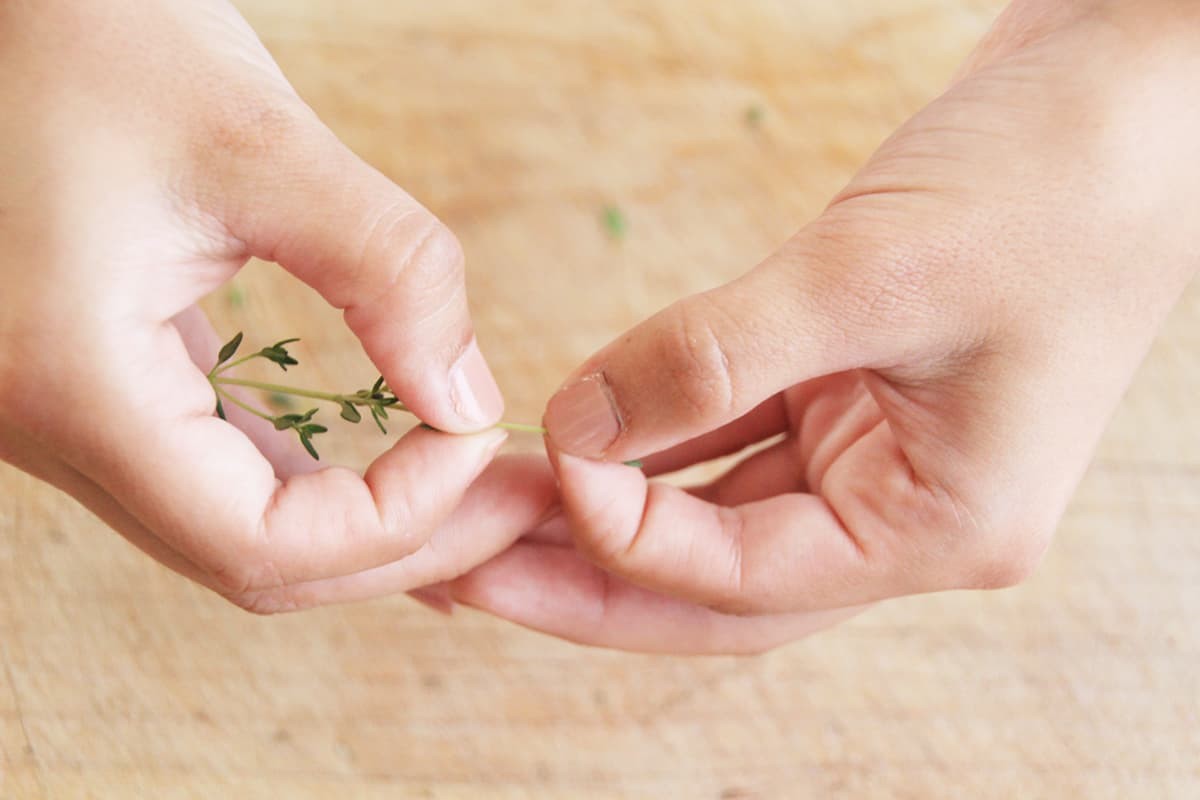

Garden Plants
How Do You Mince Thyme
Modified: April 22, 2024
Learn how to mince thyme and enhance your cooking with this simple technique. Discover the secrets to handling plants like a pro.
(Many of the links in this article redirect to a specific reviewed product. Your purchase of these products through affiliate links helps to generate commission for Storables.com, at no extra cost. Learn more)
Introduction
Welcome to the wonderful world of herbs! Today, we are diving into the versatile and aromatic herb known as thyme. Thyme is not only a staple in the culinary world but also boasts a rich history of medicinal uses. Whether you’re a seasoned chef or an amateur cook, knowing how to properly mince thyme can take your recipes to a whole new level.
But why should you bother mincing thyme, you may ask? Well, by mincing thyme, you are releasing its essential oils and unlocking its full potential. This intensifies the flavor and aroma, adding a burst of freshness to your dishes. Whether you’re adding it to poultry, soups, stews, or even cocktails, minced thyme can elevate your culinary creations to a whole new level.
To get started on your thyme-mincing journey, you’ll need a few essential tools. Don’t worry; these tools are likely already in your kitchen arsenal. Gather a sharp chef’s knife, a cutting board, and a few sprigs of fresh thyme. With these in hand, you’ll be well-prepared to dive into the art of mincing thyme.
In this comprehensive guide, we will walk you through a step-by-step process to mince thyme like a pro. We’ll also share some helpful tips and alternative methods for preparing thyme to suit your specific culinary needs. So, let’s roll up our sleeves, sharpen those knives, and embark on this aromatic adventure together.
Key Takeaways:
- Elevate your culinary creations by mincing thyme to unlock its full potential. Release essential oils, intensify flavor, and add visual appeal to dishes. Master the art of mincing thyme for impressive, flavorful results.
- Explore alternative methods of preparing thyme, from infusing oils to creating herb salts. Experiment with thyme’s versatile flavors to enhance your cooking and create delightful culinary experiences.
Read more: What Do You Use Thyme For
What is Thyme?
Thyme, scientifically known as Thymus vulgaris, is a small perennial herb that belongs to the mint family, Lamiaceae. It is native to the Mediterranean region, where it has been cultivated and used for centuries. With its distinct aroma and flavor, thyme has become a popular herb in various cuisines around the world.
Thyme is a low-growing herb with small, oval-shaped leaves and woody stems. The leaves are rich in essential oils, which give thyme its characteristic fragrance and taste. Its flavor can be described as earthy, slightly minty, and with a hint of sweetness.
Aside from its culinary uses, thyme has a long history of medicinal use. It has been used by ancient civilizations, such as the Egyptians, Greeks, and Romans, for its healing properties. Thyme contains compounds such as thymol, carvacrol, and rosmarinic acid, which possess antiseptic, antibacterial, and antioxidant properties.
Thyme is not only a versatile herb in the kitchen, but it is also a hardy plant that can thrive in different growing conditions. It can be grown in gardens, as well as in pots or containers indoors. The plant produces small pink or white flowers, which not only add beauty but also attract beneficial pollinators.
With its rich flavor profile and health benefits, thyme has cemented its place in various cuisines and is widely used in dishes around the world. From French cuisine to Mediterranean recipes, thyme adds depth and complexity to a wide range of savory dishes. Its versatility extends beyond the kitchen as well, as it is used in fragrances, potpourri, and even natural cleaners.
Now that we have familiarized ourselves with thyme, it’s time to learn how to master the art of mincing thyme and unlock its full potential in our culinary endeavors.
Why Mince Thyme?
Thyme, with its delightful aroma and distinct flavor, is a herb that can truly transform your culinary creations. Mincing thyme takes this herb to a whole new level, maximizing its flavor and fragrance. Here are a few reasons why you should consider mincing thyme:
- Enhanced Flavor: Mincing thyme allows you to release its essential oils, intensifying its flavor. The finely chopped leaves distribute evenly throughout the dish, ensuring that every bite is infused with the savory taste of thyme.
- Aroma Sensations: When you mince thyme, the robust scent of this herb fills the air. The aromatic oils released during the mincing process can heighten your senses and add a delightful fragrance to your dishes.
- Textural Appeal: Mincing thyme creates a fine texture that blends seamlessly with your other ingredients. This prevents any overpowering or unpleasantly large pieces of thyme in your dish, ensuring a harmonious culinary experience.
- Distribution and Balance: By mincing thyme, you can evenly distribute the herb throughout your recipe, ensuring a consistent taste in every bite. This balance of flavor allows the thyme to complement other ingredients without overpowering them.
- Aesthetic Presentation: Mincing thyme adds a touch of finesse to your culinary creations. The vibrant green color of the chopped thyme can enhance the visual appeal of your dishes, making them look more appetizing and inviting.
- Optimal Infusion: Mincing thyme ensures that its flavor is fully infused into your dish. Whether you’re creating a marinade, sauce, or simply garnishing a salad, mincing thyme ensures that its essence is thoroughly permeated, resulting in a more flavorful outcome.
Mastering the art of mincing thyme opens up endless culinary possibilities. From adding a sprinkle of minced thyme to roasted vegetables or incorporating it into marinades for meats, the options are limitless. So, next time you’re utilizing thyme in your cooking endeavors, consider mincing it to elevate the taste, aroma, and presentation of your dish.
Tools Needed for Mincing Thyme
Before we embark on our thyme-mincing journey, let’s make sure we have the necessary tools at hand. Fortunately, mincing thyme requires only a few simple and common kitchen utensils:
- Chef’s Knife: A sharp chef’s knife is an essential tool for mincing thyme. The length of the blade allows for precise cutting and chopping, ensuring that the thyme is finely minced without bruising or damaging the leaves.
- Cutting Board: A sturdy cutting board provides a safe and stable surface for mincing thyme. Opt for a board with a flat surface that won’t easily slip or slide while you’re chopping the thyme.
- Fresh Thyme Sprigs: To start mincing thyme, you’ll need a few fresh sprigs of thyme. Look for sprigs that have vibrant green leaves and are free from any wilting or discoloration. These can be easily found at your local grocery store or farmers’ market.
- Paper Towels or Kitchen Towel: Having some paper towels or a kitchen towel nearby is handy for drying the thyme after rinsing it or for patting it dry if there is excess moisture.
- Bowl or Container: It’s a good idea to have a bowl or container ready to collect the minced thyme. This way, you can easily transfer it to your recipe without any mess or wastage.
With these basic tools in place, you’re well-equipped to start mincing thyme like a pro. Remember that having sharp knives is essential for achieving clean and precise cuts, so make sure your chef’s knife is properly sharpened before you begin mincing.
Now that we have our tools ready, it’s time to dive into the step-by-step process of mincing thyme. Grab your chef’s knife, cutting board, and fresh thyme sprigs, and let’s get started on the flavorful journey of mincing thyme!
To mince thyme, hold the top of the stem with one hand and run your fingers down the stem to remove the leaves. Then, finely chop the leaves with a sharp knife.
Step-by-Step Guide to Mincing Thyme
Mincing thyme is a simple process that involves a few easy steps. Follow this step-by-step guide to ensure that you achieve finely minced thyme every time:
- Rinse the Thyme: Start by rinsing the fresh thyme sprigs under cool running water. This will remove any dirt or impurities that may be present on the leaves. Gently pat them dry with paper towels or a kitchen towel to remove excess moisture.
- Remove the Leaves: Hold the thyme sprig at the top, near the tips of the stems. With your other hand, firmly pinch the stem and slide your fingers down towards the base of the sprig. This will help loosen the leaves from the stem, allowing them to easily separate.
- Discard the Stems: Once you have removed the leaves from the stem, discard the woody stems and focus only on the leaves. It’s the leaves that contain the flavor and aroma we want to capture in our minced thyme.
- Chop the Thyme: Gather the thyme leaves and place them on a clean cutting board. Hold the chef’s knife with a firm grip and position the tip of the knife against the cutting board. Begin to chop the thyme leaves with a rocking motion, moving the knife back and forth while applying gentle downward pressure.
- Continue Chopping: Keep chopping the thyme leaves until they are finely minced. Aim for a consistent and uniform texture, ensuring that no large pieces remain. Use the sharp edge of the knife to finely chop and dice the leaves until they reach your desired level of fineness.
- Collect the Minced Thyme: Once you’ve achieved the desired mincing texture, use the chef’s knife to gather the minced thyme into a neat pile. Make sure to scrape any stray pieces back into the main pile.
- Transfer to a Bowl or Container: Using the knife or a bench scraper, carefully transfer the minced thyme from the cutting board to a bowl or container. This will make it easier to add it to your recipe or store it for later use.
That’s it! You’ve successfully minced thyme and are ready to incorporate its flavors into your culinary creations. Remember to work with a sharp knife and take your time as you chop the thyme, ensuring that each piece is finely minced.
Now that you’ve mastered the art of mincing thyme, let’s explore some helpful tips and alternative methods for preparing thyme to suit your specific needs.
Read more: How Do You Pick Thyme Leaves
Tips for Mincing Thyme
Mincing thyme may be a straightforward process, but a few tips can help you achieve the best results and make the most out of this flavorful herb. Here are some valuable tips to keep in mind when mincing thyme:
- Use Fresh Thyme: Opt for fresh thyme sprigs rather than dried thyme leaves. Fresh thyme has a stronger flavor and aroma, which translates into a more vibrant taste in your dishes.
- Sharpen Your Knife: A sharp chef’s knife is essential for clean and precise mincing. Ensure your knife is properly sharpened before you start to chop the thyme. A dull knife can bruise the leaves and make mincing more challenging.
- Control the Texture: The texture of the minced thyme can vary depending on personal preference and the dish you’re preparing. If you want a coarser texture, chop the thyme leaves less, whereas, for a finer mince, continue chopping until the leaves are more finely diced.
- Store Properly: If you have leftover minced thyme, store it in an airtight container or sealable bag in the refrigerator. It will stay fresh for a few days, allowing you to use it in future recipes.
- Experiment with Ratios: Don’t be afraid to experiment with the amount of minced thyme you add to your dishes. Start with a smaller quantity and gradually increase it to find the perfect balance that suits your taste buds.
- Complement Other Flavors: Thyme pairs well with a variety of other herbs and ingredients. Consider combining minced thyme with rosemary, parsley, or garlic to enhance the overall flavor profile of your recipes.
- Try Different Varieties: While common thyme (Thymus vulgaris) is widely available, there are other thyme varieties that offer unique flavors. Lemon thyme, for example, has a citrusy aroma, which can add a refreshing twist to your dishes.
By keeping these tips in mind, you can elevate your thyme-mincing skills and make the most out of this aromatic herb in your culinary endeavors. Now that you’re well-equipped with the knowledge and techniques, let’s explore some alternative methods of preparing thyme.
Alternative Methods of Preparing Thyme
While mincing thyme is the most common method of preparing this herb, there are a few alternative methods to consider. These methods offer different ways to incorporate the flavors of thyme into your recipes. Here are a few alternative methods of preparing thyme:
- Infused Oil: One way to extract the essence of thyme is to create thyme-infused oil. This method involves gently heating a neutral oil, such as olive oil or grapeseed oil, and adding fresh thyme sprigs to infuse the oil with thyme’s flavor and aroma. The infused oil can be used as a dressing for salads, a finishing drizzle for roasted vegetables, or in marinades and sauces.
- Herb Butter: Another fantastic option is to make thyme herb butter. Soften unsalted butter and mix in finely chopped fresh thyme leaves. Roll the flavored butter into a log using plastic wrap and refrigerate until firm. Herb butter can be spread on bread, melted over grilled meats and vegetables, or incorporated into sauces for an extra burst of flavor.
- Herb Salt or Seasoning: Blend minced thyme with coarse sea salt or other herbs to create a flavorful herb salt or seasoning blend. This mixture can be used to season meats, sprinkle over roasted vegetables, or even as a finishing touch for popcorn or fries.
- Herb Vinegar: Combine fresh thyme sprigs with vinegar, such as white wine vinegar or apple cider vinegar, to make a thyme-infused vinegar. Let the mixture sit for a few weeks to allow the thyme’s flavors to infuse into the vinegar. The resulting herb vinegar can be used in dressings, marinades, and even as a tangy addition to cocktails.
- Dried Thyme: If fresh thyme is not readily available, dried thyme can be a suitable substitute. Dried thyme has a more concentrated flavor, so a little goes a long way. Use it sparingly in your recipes, and remember to crush it between your fingers to release its aroma before incorporating it into your dishes.
- Thyme Tea: For a soothing and aromatic herbal tea, steep a few sprigs of fresh thyme in hot water for a few minutes. The tea can be enjoyed on its own or combined with other herbs or lemon for added flavor. Thyme tea is known for its calming properties and can be a comforting beverage.
These alternative methods of preparing thyme offer creative ways to utilize the herb’s flavors and aromas in your cooking. Experiment with different techniques to find your favorite way of incorporating thyme into your recipes.
With these methods and tips in your culinary toolbox, you are now equipped to make the most out of thyme in your cooking adventures. Whether you choose to mince, infuse, blend, or steep, thyme is sure to add a delightful touch to your dishes. Enjoy the process and savor the flavors of this versatile herb!
For validation purposes, please find the HTML representation of the article below:
Conclusion
Thyme, with its delightful aroma and distinctive flavor, is a versatile herb that can elevate your culinary creations. Whether you choose to mince it, infuse it, or use it in alternative methods, thyme adds a touch of freshness and complexity to your dishes.
By mincing thyme, you unlock its full potential, releasing its essential oils and intensifying its flavor profile. The finely chopped leaves distribute evenly throughout your recipes, ensuring that every bite is infused with the savory taste of thyme. Adding minced thyme not only enhances the flavor but also adds a visual appeal to your culinary creations.
Throughout this comprehensive guide, we’ve explored the step-by-step process of mincing thyme, the essential tools needed, and some valuable tips to achieve the best results. We’ve also delved into alternative methods of preparing thyme, such as infusing it into oil, incorporating it into butter, or creating herb salts and vinegars.
Whether you’re using thyme in savory dishes like roasted meats and vegetables, soups and stews, or even cocktails and herbal teas, the possibilities are endless. Thyme’s versatility knows no bounds, allowing you to experiment and create delicious flavors in your kitchen.
So, the next time you reach for thyme in your spice rack, consider mincing it to unlock its full potential and add a burst of freshness to your dishes. Whether you’re a seasoned chef or an amateur cook, mastering the art of mincing thyme will take your culinary skills to new heights and impress your family and friends with your flavorful creations.
Now, armed with knowledge, techniques, and a touch of creativity, it’s time to embark on your thyme-infused culinary journey. So, grab your sharp knife, cutting board, and fresh thyme sprigs, and let the aromatic adventure begin!
For validation purposes, please find the HTML representation of the article below:
Frequently Asked Questions about How Do You Mince Thyme
Was this page helpful?
At Storables.com, we guarantee accurate and reliable information. Our content, validated by Expert Board Contributors, is crafted following stringent Editorial Policies. We're committed to providing you with well-researched, expert-backed insights for all your informational needs.
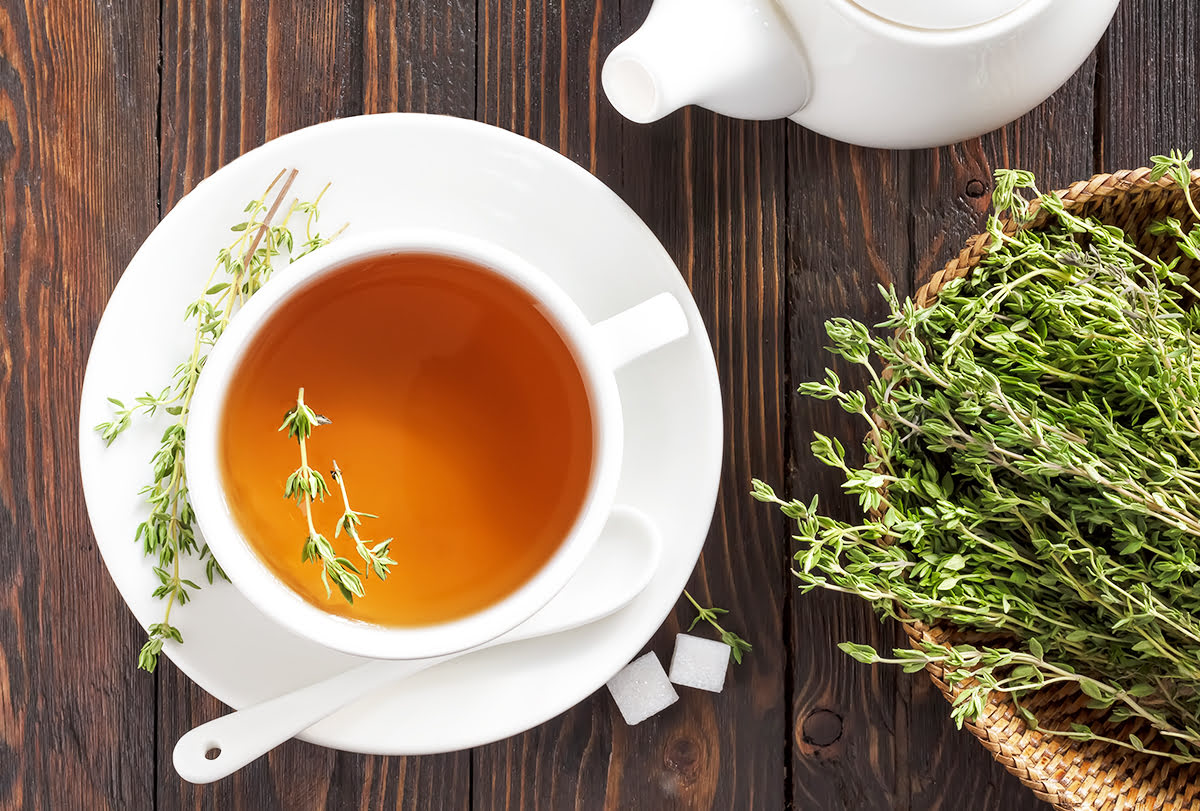
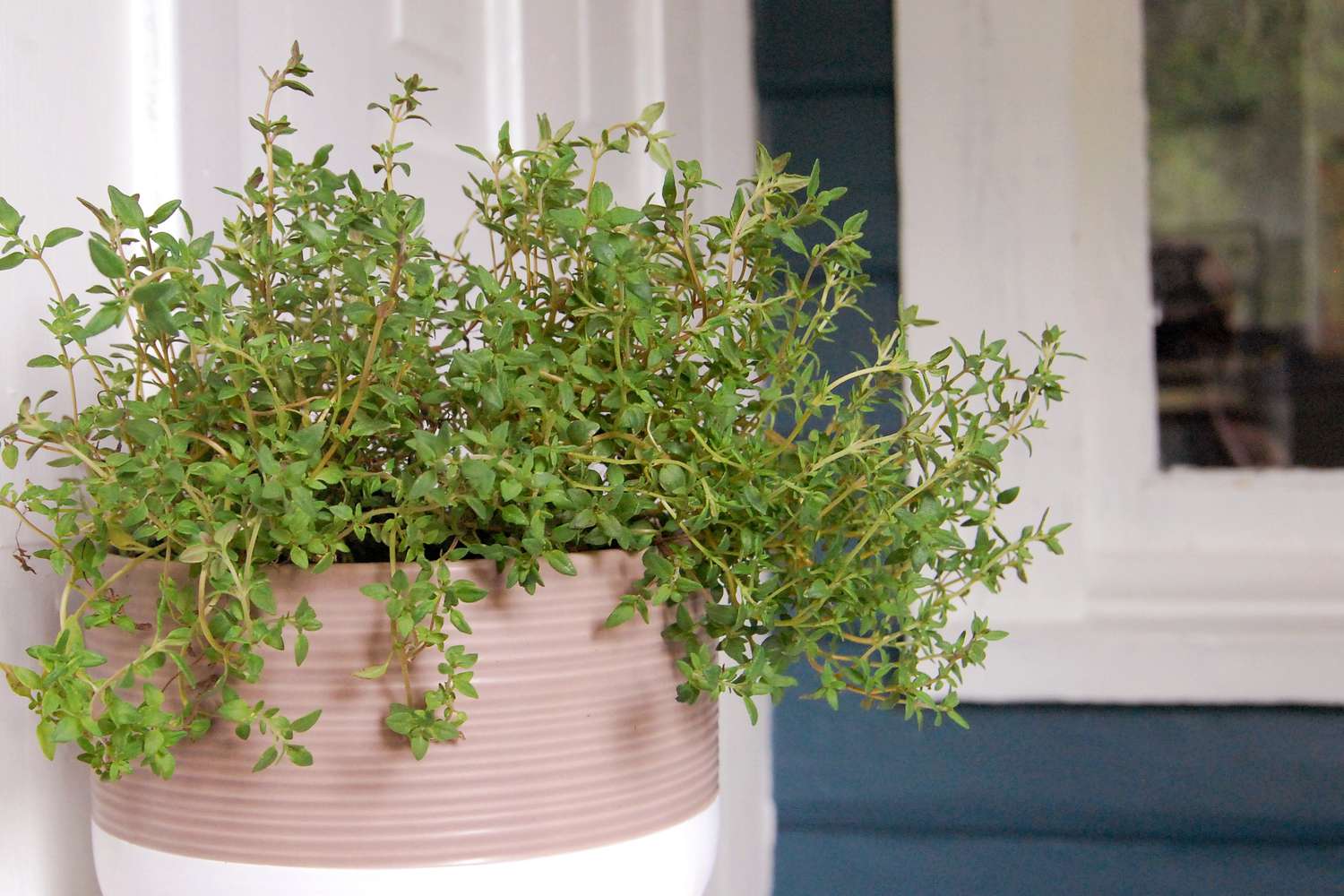
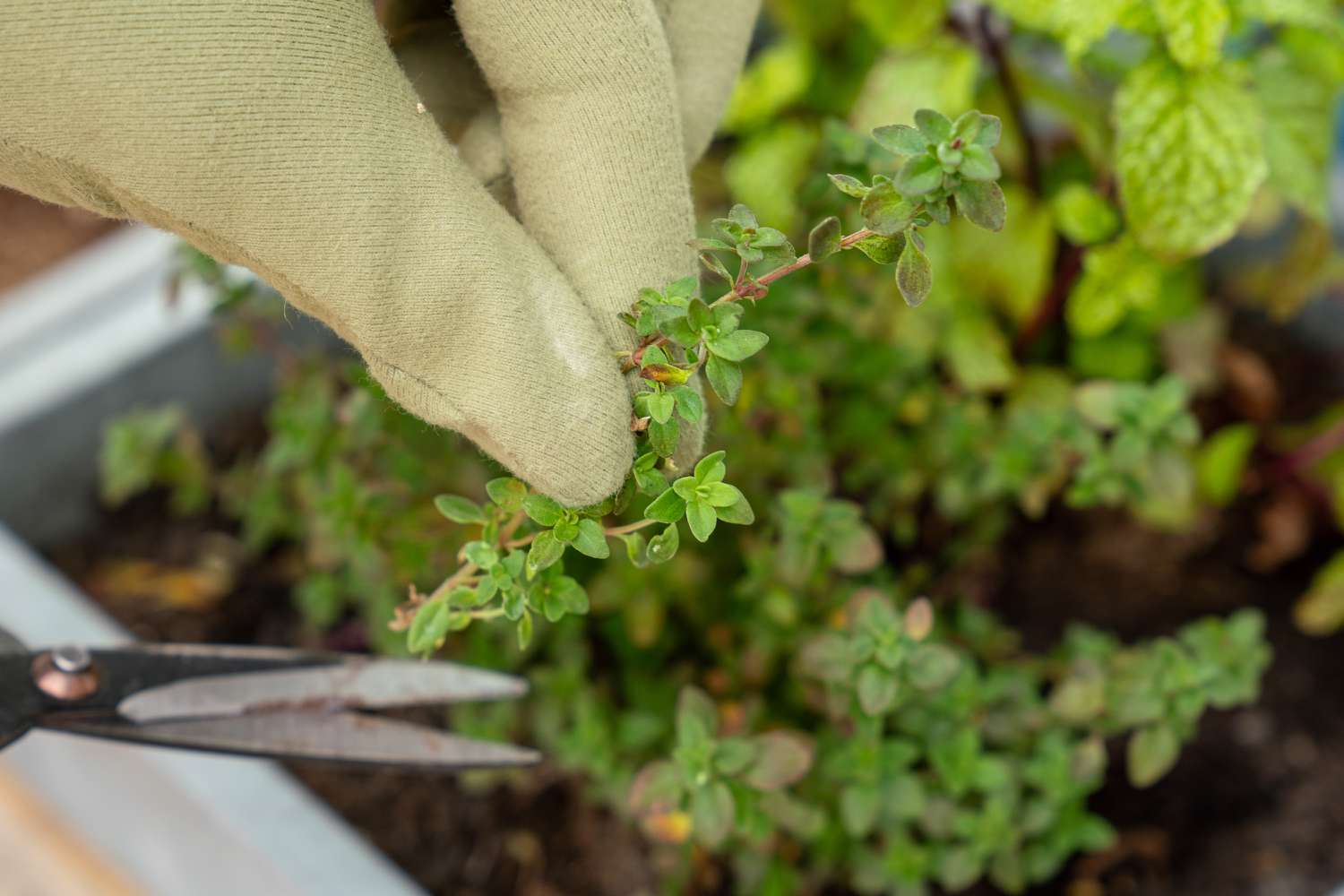
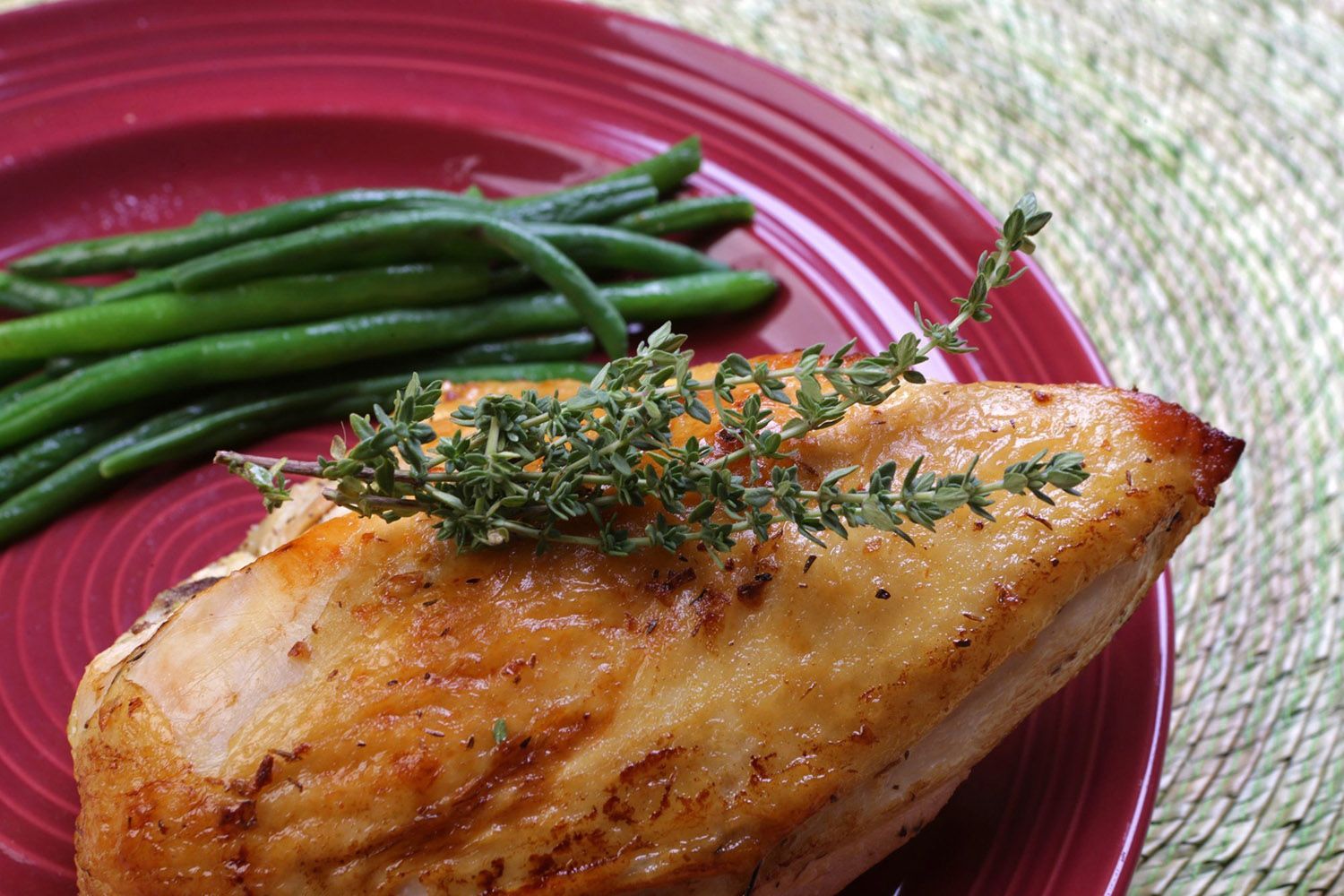
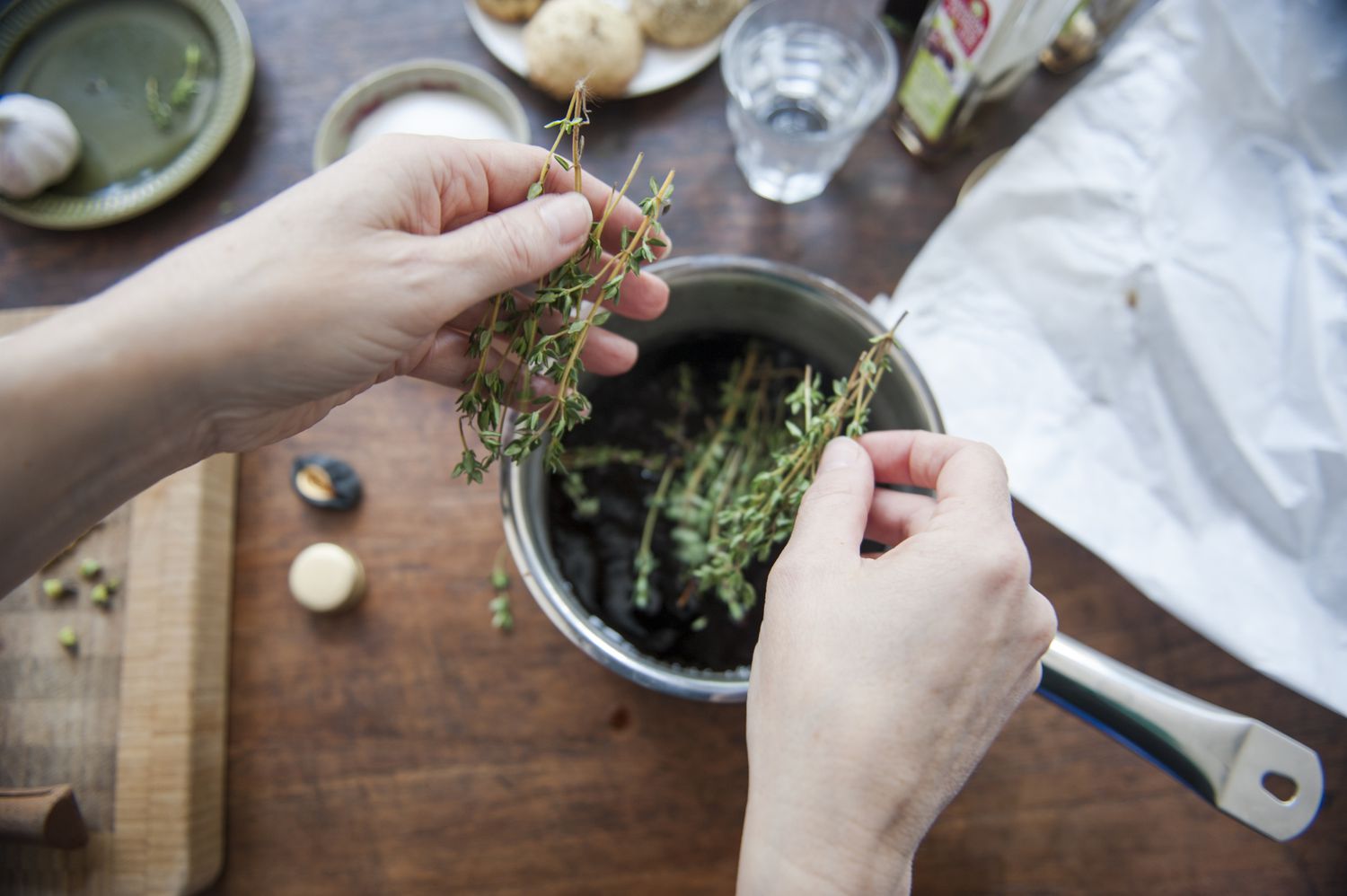
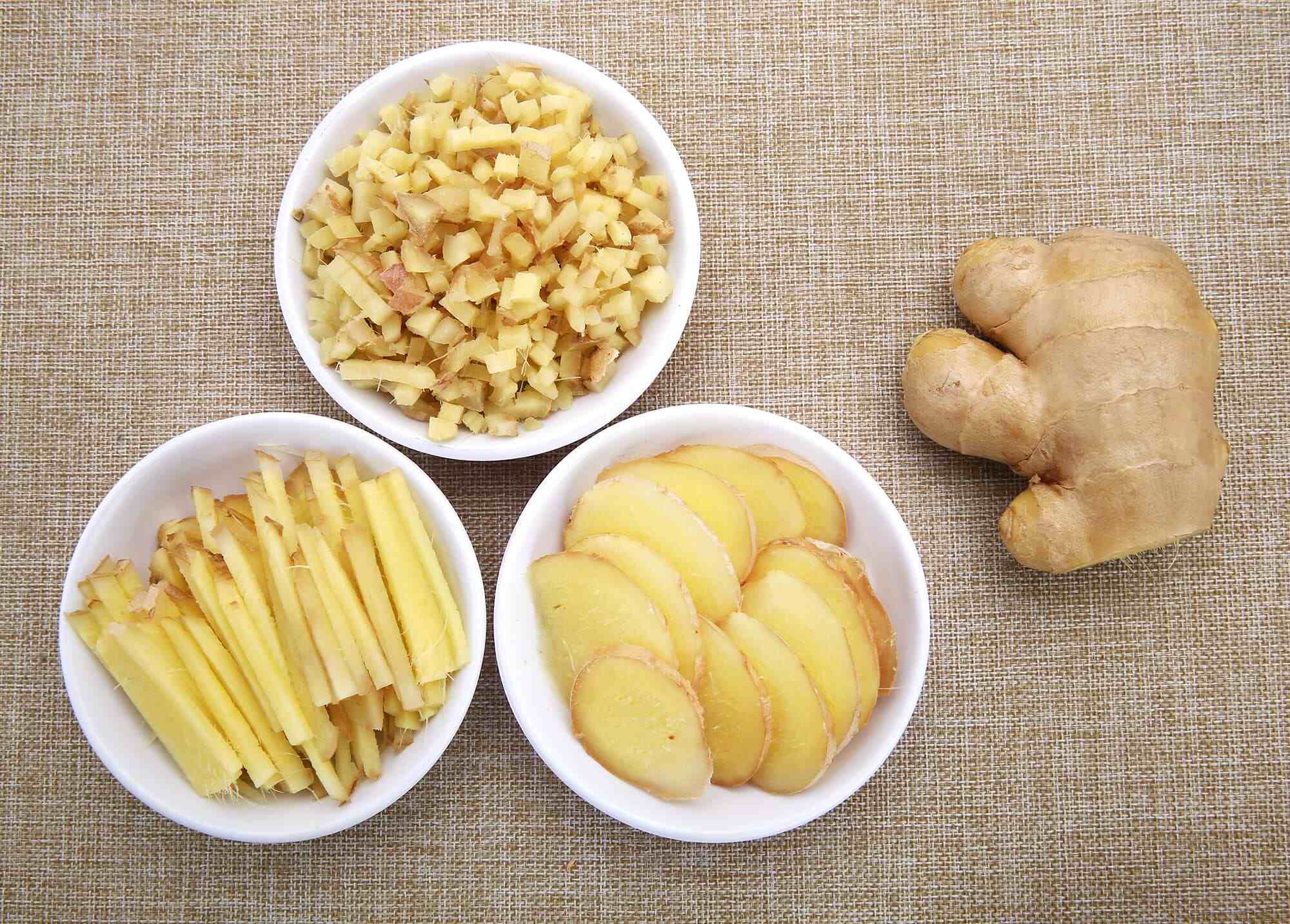
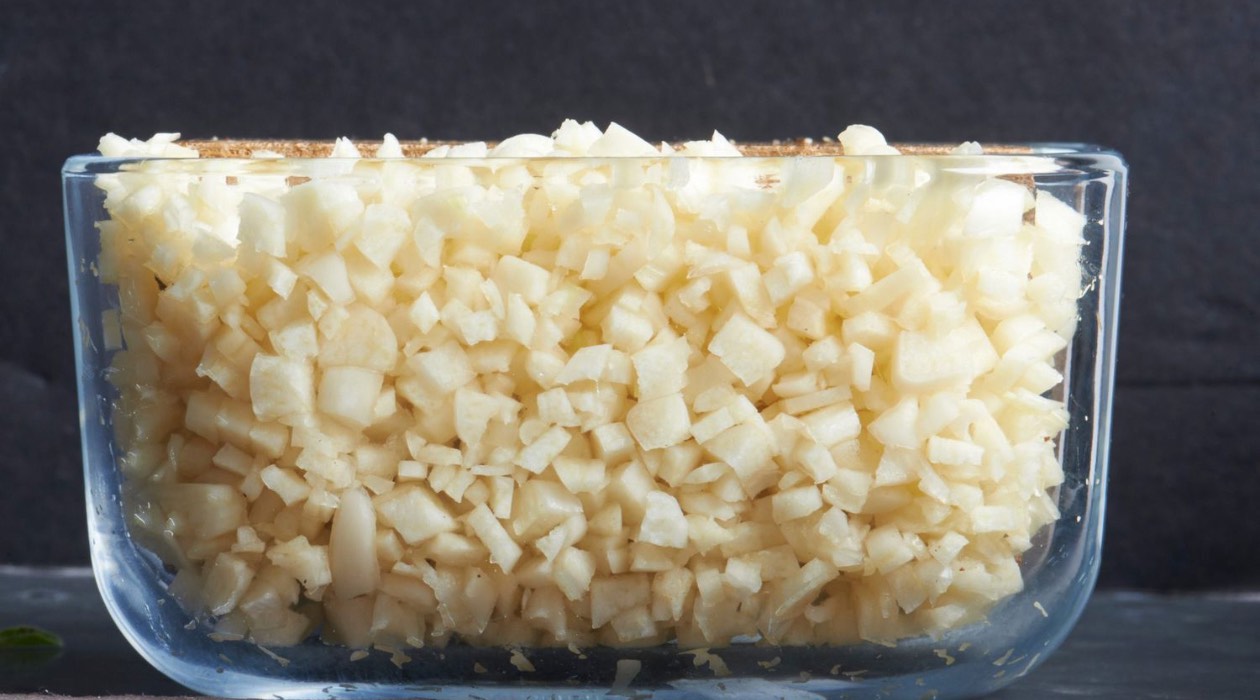
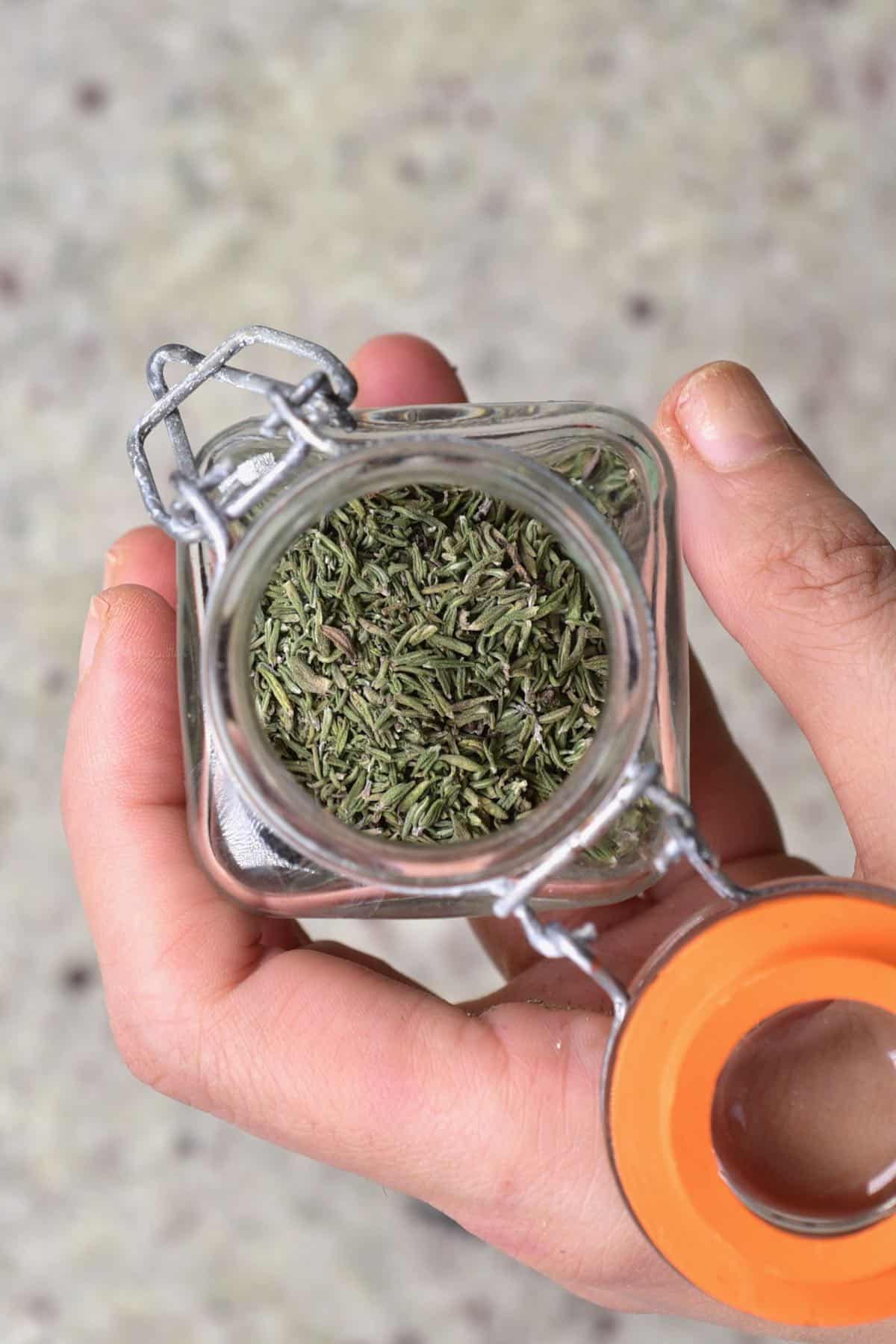

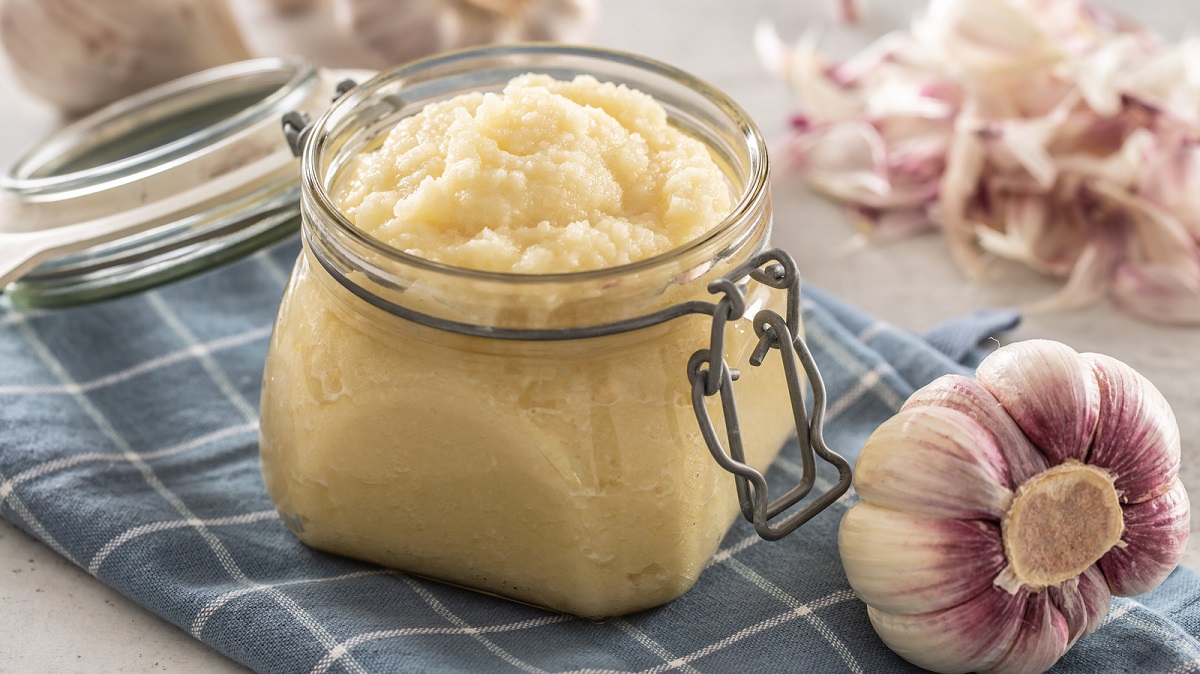
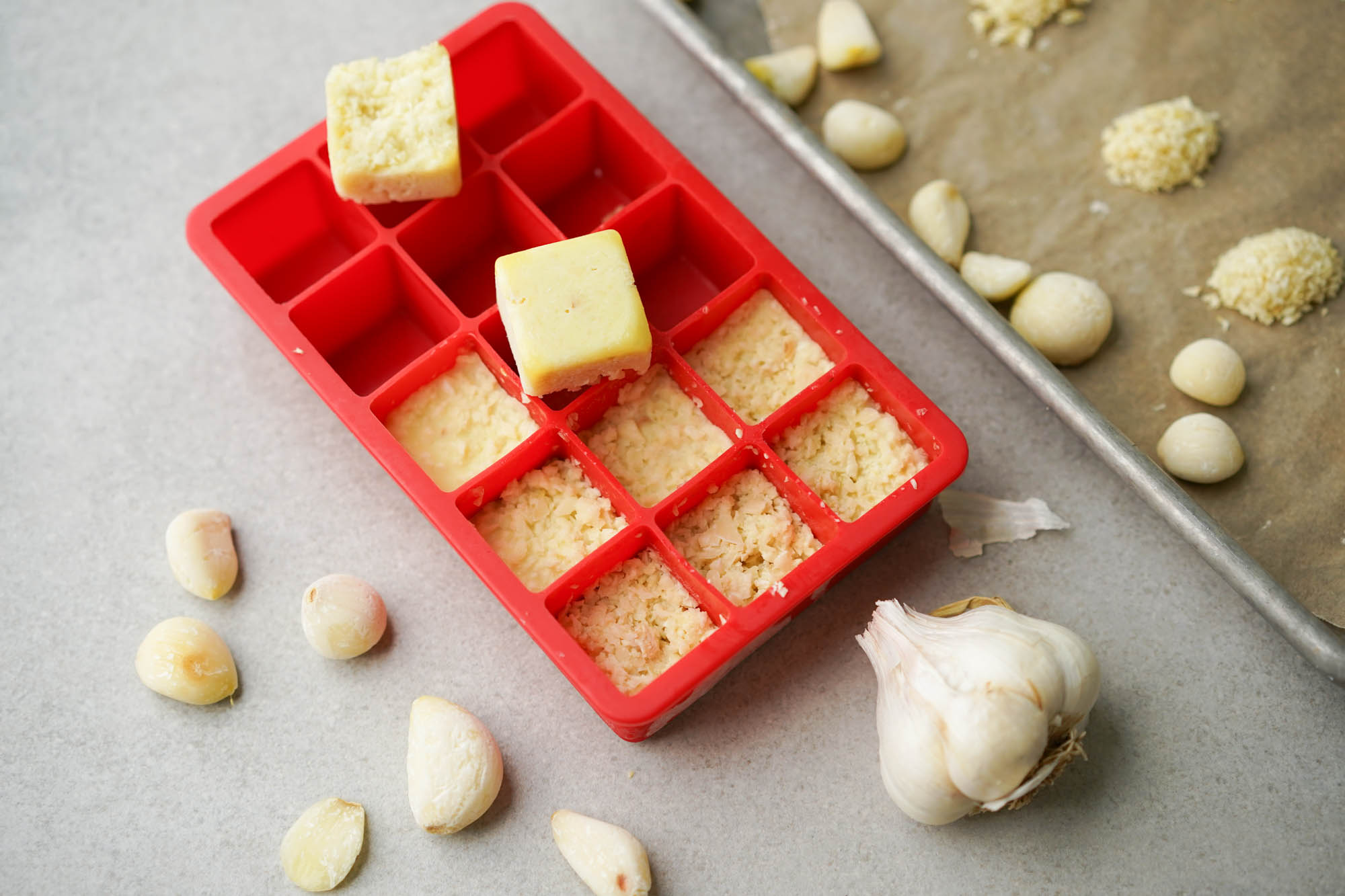
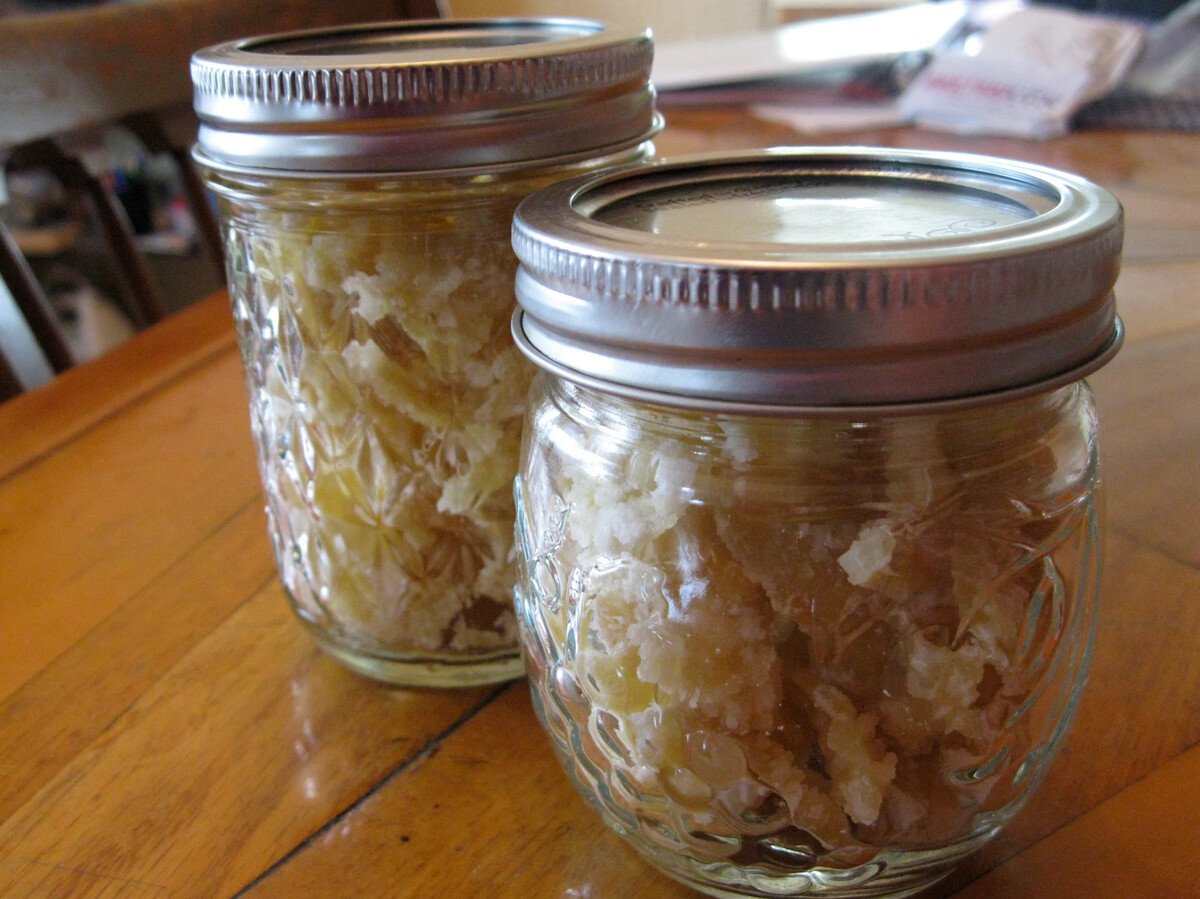
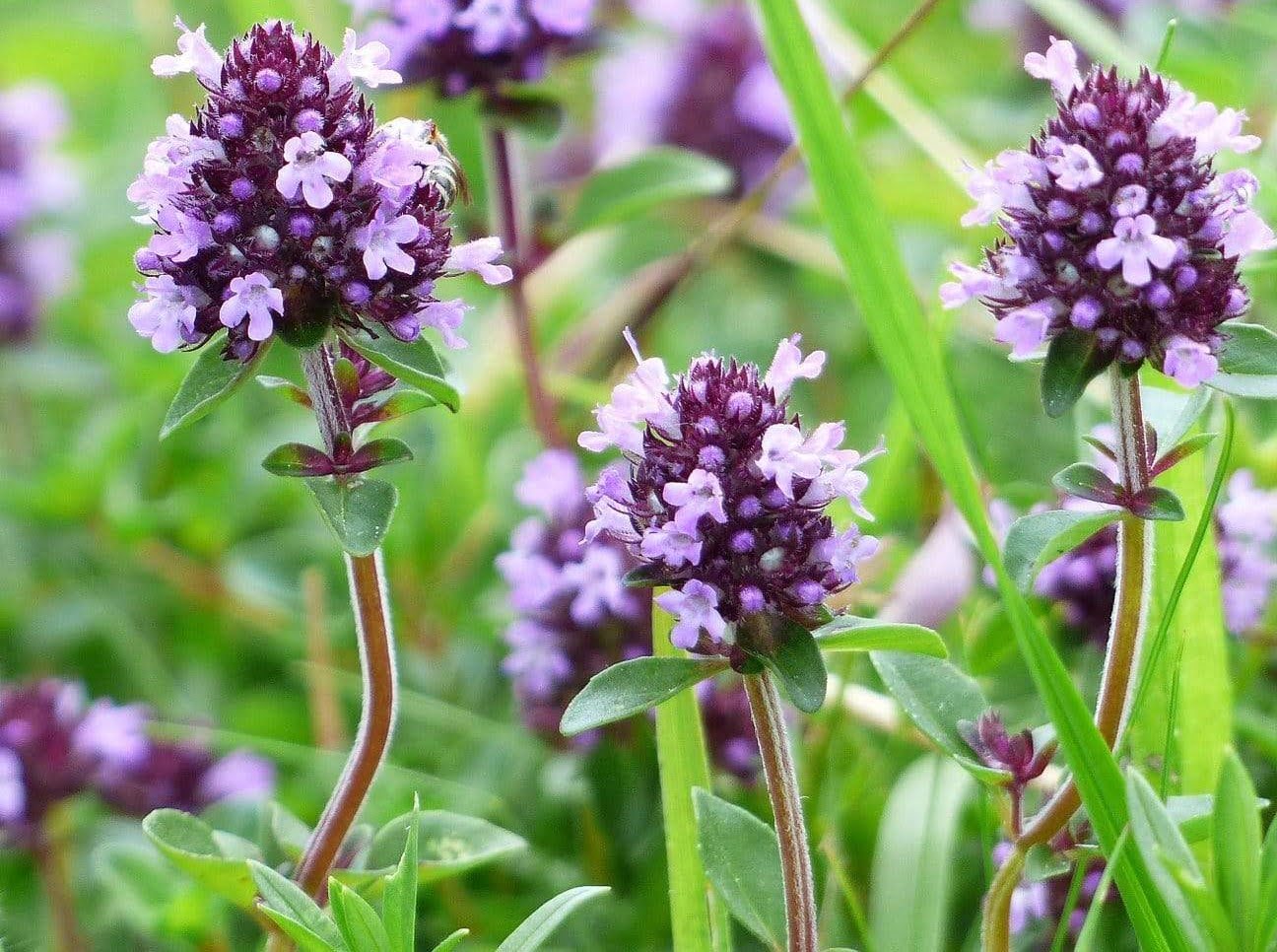
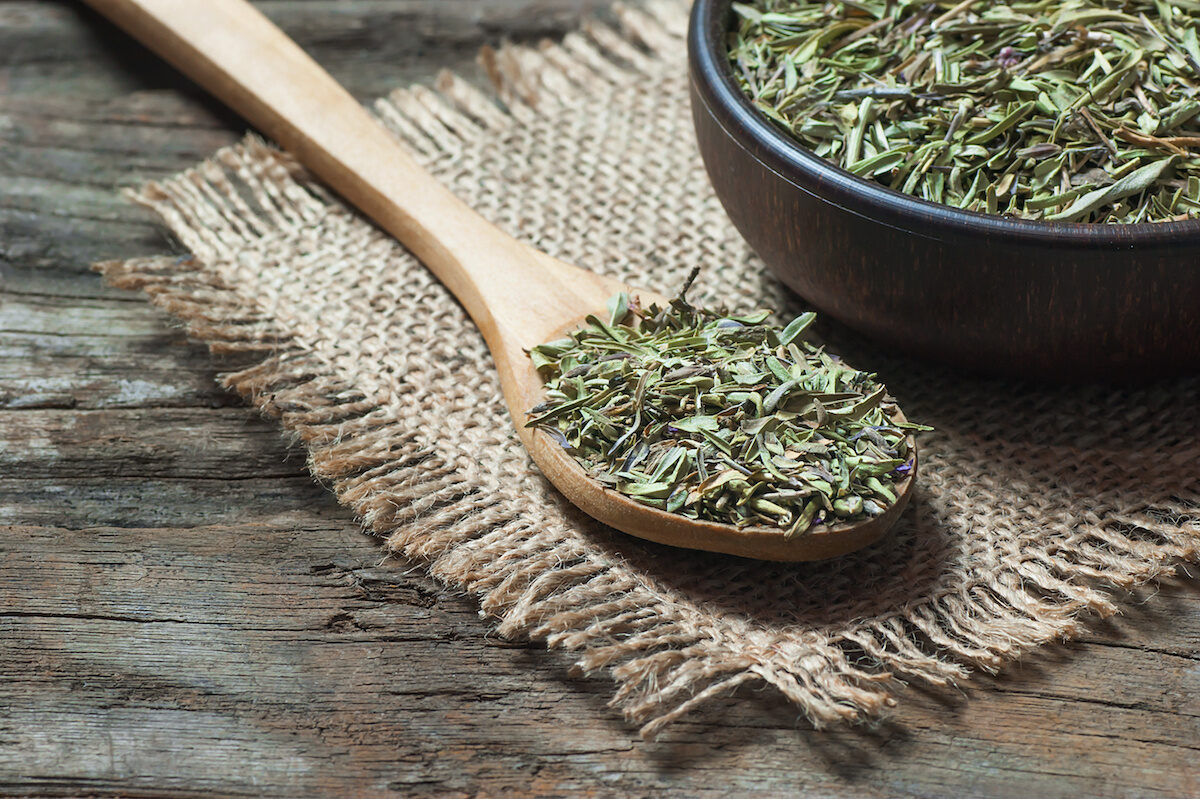

0 thoughts on “How Do You Mince Thyme”